Looks like a big box but really DJI Dock is the new surveillance system designed by the Chinese company.
Why “system”? Because it’s actually made up of two elements: the platform and the drone, a DJI Matrice 30.
As did?
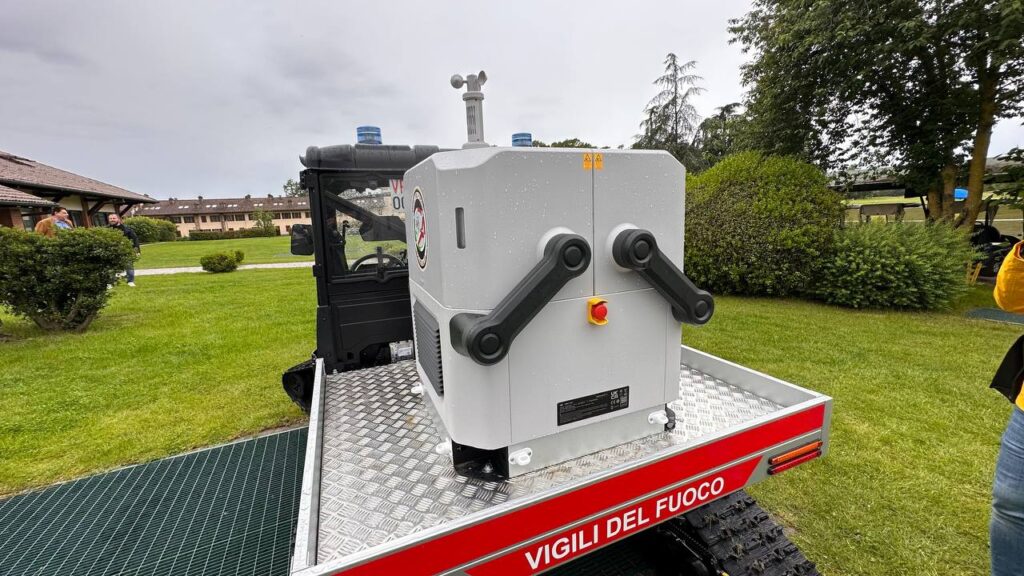
Let’s go in order.
The “box” is in essence an automated robotic platform of reduced dimensions (800×885×1065 cm) which occupies an area of less than one square meter and weighs just under 105 kg. Inside there is a quadcopter of the DJI Matrice 30 series, with rechargeable batteries in 25 minutes thanks to the TEC cooling system, and a wide-angle security camera.
The platform can operate both day and night, withstands harsh weather conditions – with double certification, IP65 for the Dock and IP67 for the internal components – and supports extreme temperatures from -35° to +50°C, with the system that is able to guarantee safe charging temperatures in all circumstances.
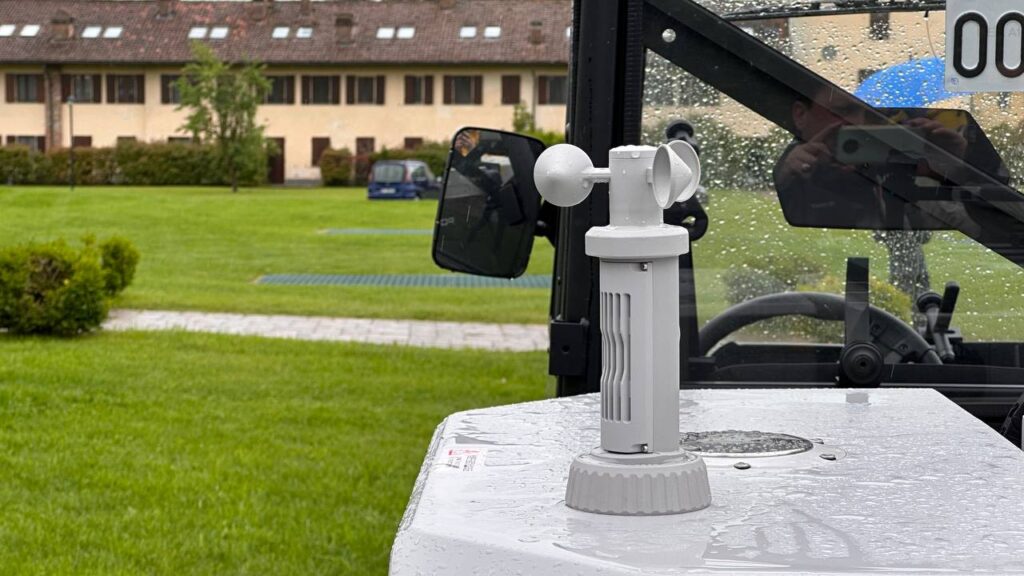
DJI Dock can be further enhanced with:
- a thermal chamber,
- an integrated weather station,
- a compartment for an LTE 10 connection card,
- an internal omnidirectional antenna,
- an RTK module for geopositioning,
- an Edge Computing expansion bay for preprocessing of multimedia files.
Of course, it needs energy to function, but don’t panic: in the event of a power failure, it has an internal battery that can guarantee about 5 hours of autonomy, thus allowing the drone to return.
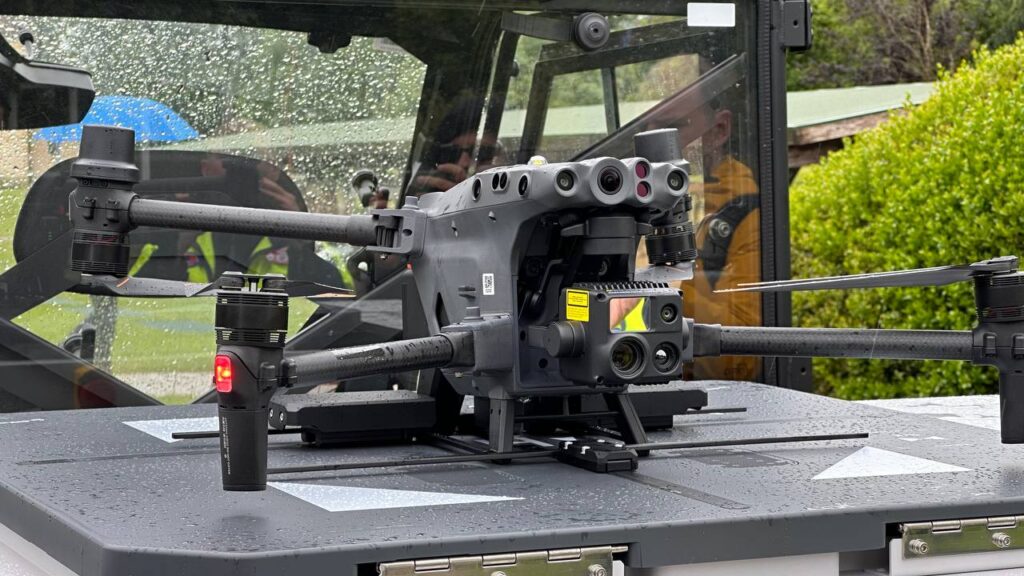
Yes but which drone? There are currently two supported ones: l‘M30 and the M30T of the Matrice 30 series.
DJI Dock can then open in a short time to allow the drone to hover in voloe, at the end of the operations, to return to base. On the other hand the take-off and landing platform provides a drone self-repositioning system, thus the quadcopter is perfectly placed back in the center before closing the dock.
Both drones boast a flight range of about 40 minutes, a maximum range of 7 km and mountain a system of visible and infrared cameras with wide-angle optics, zoom and laser rangefinder.
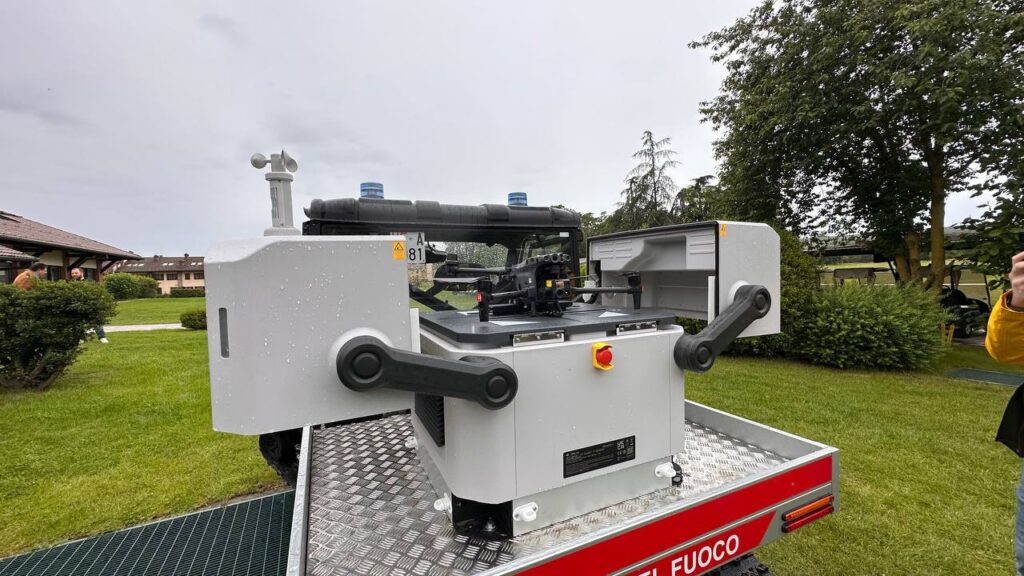
Missions can be scheduled with DJI FlightHub 2, a cloud-based system that allows you to plan the behavior of the drone as long as it is always supervised by an operator. You can also use third-party software or naturally develop ad hoc features using the DJI SDK.
DJI Dock: what is it for?
DJI Dock clearly is a system designed for companies. We are therefore not dealing with a product for personal use, also because the cost – €29,999 for the version with M30T – is quite important for an individual.
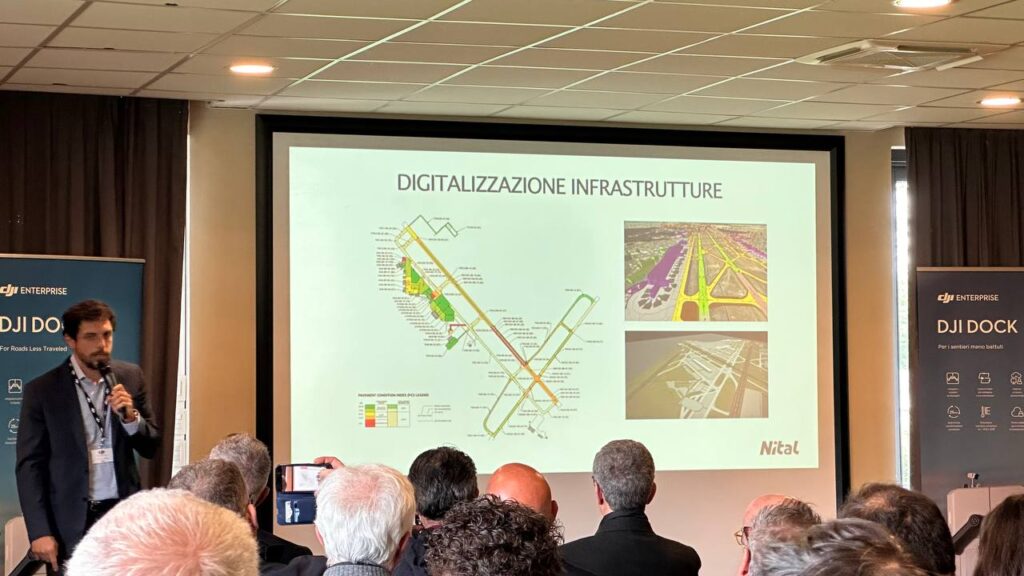
But think of an accident on the highway. A similar system allows you to unleash the drone to verify what happened.
Then nothing prevents you from using it for surveillance, for example in a large construction site, in a port and airport area.
It can also be useful in case of emergency, in the face of eruptions, earthquakes or – looking at the recent news – floods. In fact, the system can scan the environment and return precise data to facilitate any rescue interventions.
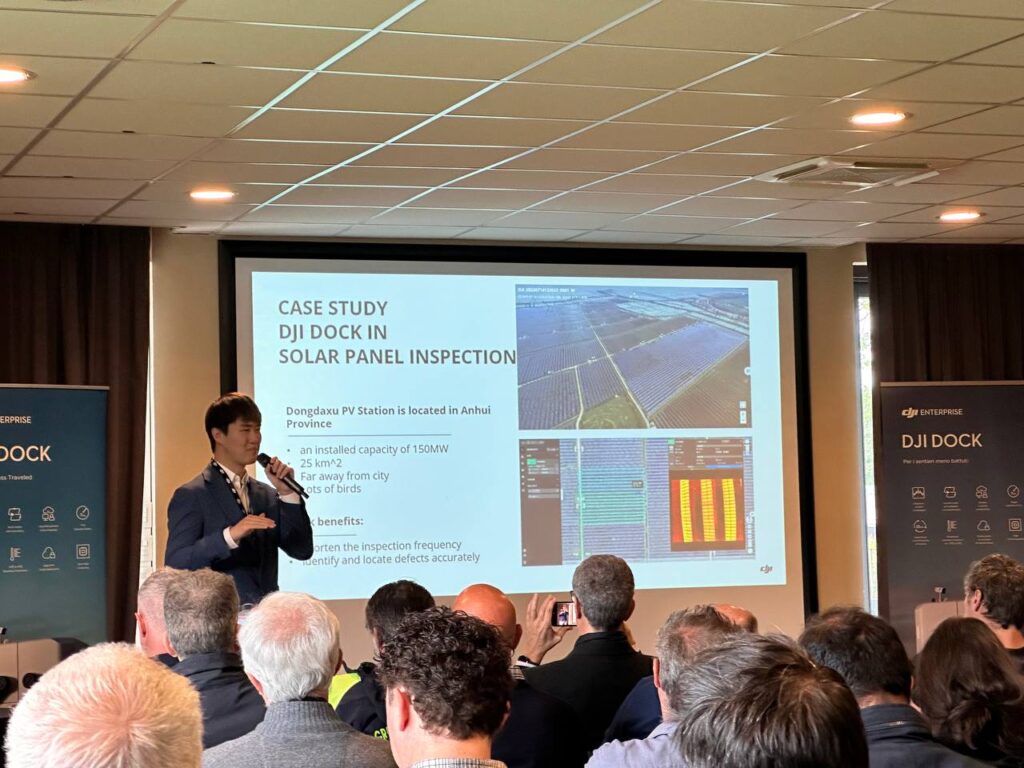
“The DJI Dock is a ‘base station’ for Matrice 30 drones, which allows you to program and automatically carry out different mission profiles for inspections, checks and rescues even in remote or dangerous places – he said Valentino Bertolini, marketing director of Nital, the Italian company that handles the exclusive distribution of DJI Enterprise products in Italy. – It is a professional solution, which can provide effective solutions for security in the civil industrial sector, but also in the institutional and military sectors”.
In fact, there are no particular limits to the use of DJI Dock. As anticipated, the use of DJI FlightHub 2, third-party software or software developed by the companies themselves allows you to customize the product and adapt it to the specific needs of your company or institution.







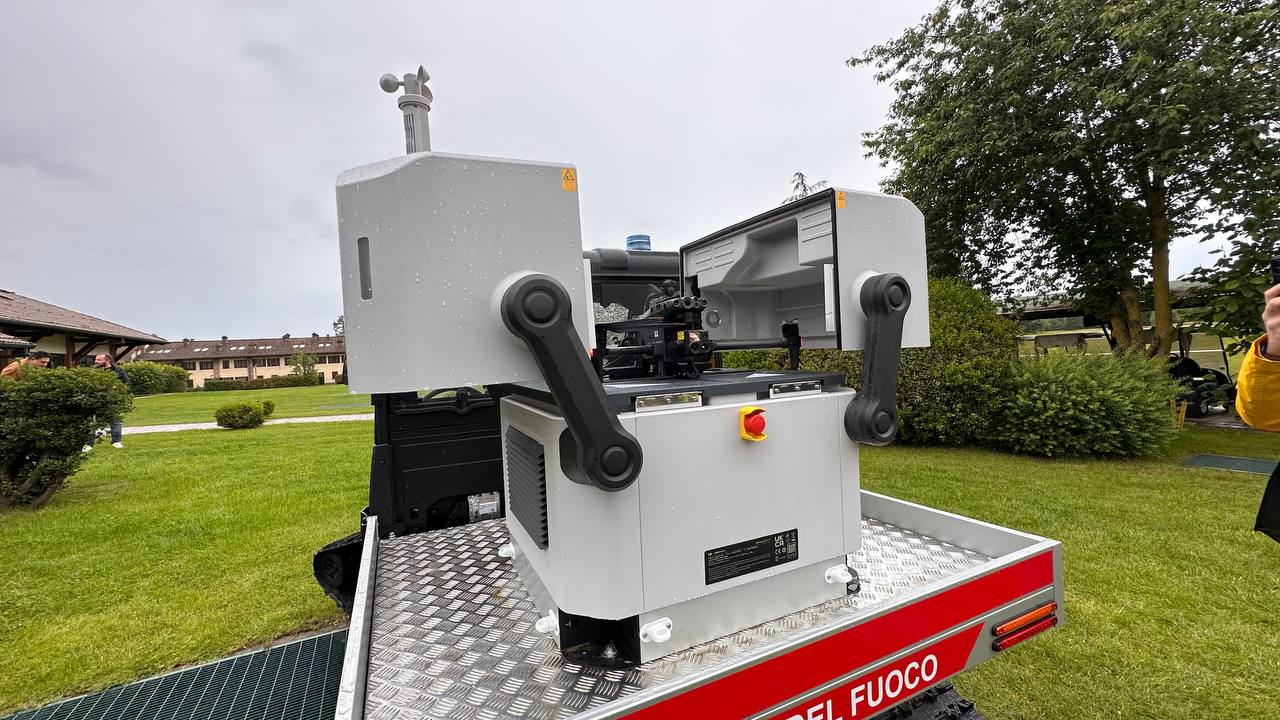







Leave a Reply
View Comments